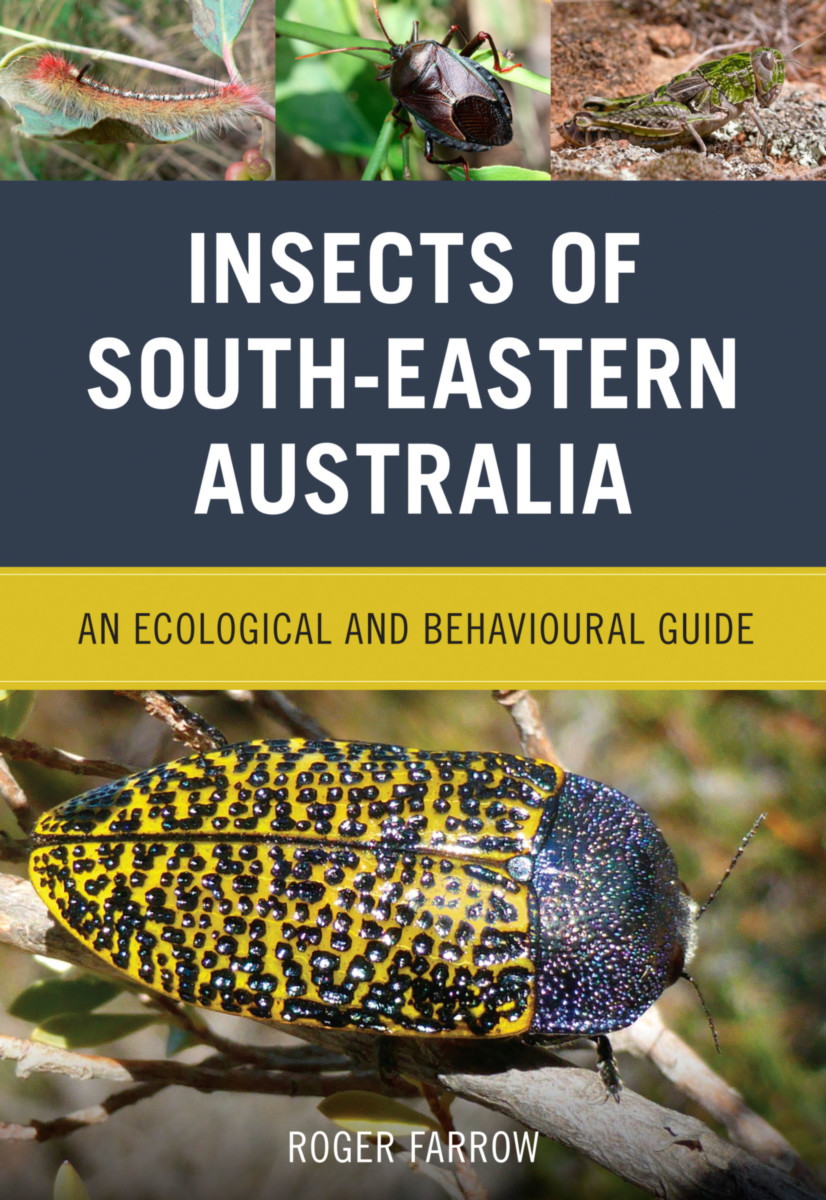EXCELLENCE IN SCIENCE PUBLISHING
Insects of South-Eastern Australia
An Ecological and Behavioural Guide
- Publisher
CSIRO Publishing - Published
24th March 2017 - ISBN 9781486304745
- Language English
- Pages 280 pp.
- Size 5.75" x 8.5"
- Images 894 color photos
Richly illustrated with color photographs, the different species of insects found in Australia’s temperate south-east, including plant feeders, predators, parasites and decomposers, are presented. The guide is complemented by an introduction to the insects of the region, including their environment, classification, life history, feeding strategies and behavior. Fascinating boxes on camouflage, mimicry and many other topics are also included throughout.
Preface
Acknowledgements
Introduction
Part 1: An Ecological and Behavioral Approach to Insect Identification
Regional Environments and Where to Find Insects, Focusing on the Tablelands and Ranges of South-eastern NSW
Defining an Insect
An Ecological and Behavioral Approach to Insect Identification
Insect Mouth-parts: Adaptations to Different Feeding Strategies
Insect Classification: from Species to Order
The Insect Life Cycle
Annual Life Cycle
Feeding Strategies
Other Attributes: Behavior and Habitats
Constructions and Domiciles
Part 2: Insects in Their Environment
The Plant Feeders
The Predators
The Blood Feeders
Parasitoids
The Decomposers
Non-feeding and Perching Insects
Information Boxes
1. Attraction to Light
2. Nocturnal Activity
3. Sound Production
4. Camouflage
5. Warning Coloration
6. Mimicry
7. Migration
8. Aggregations and Swarming Behavior
9. Insect Outbreaks
10. Other Predators and Parasites
11. Ant Attendance
12. Rare and Endangered Species and Their Conservation
13. Introduced Insects
14. Attracting Native Insects to Your Garden
Appendix 1 Taxonomic Classification of the Genera Represented in this Guide
Appendix 2 Locations and Abbreviations
Glossary
References and Further Reading
Index
Roger Farrow
Roger Farrow was educated in England, where he developed a passion for insects and their ecology. After 6 years of research on locusts in Mali he moved to Australia in 1971 to join CSIRO. He spent the next 25 years studying locusts, insect migration and plant-feeding insects, resulting in the publication of more than 80 scientific papers. After retirement he joined the Canberra branch of the Australian Native Plant Society, studying and photographing insects on field trips as well as at his rural property in the foothills of the Tinderry Ranges, south of Canberra.


